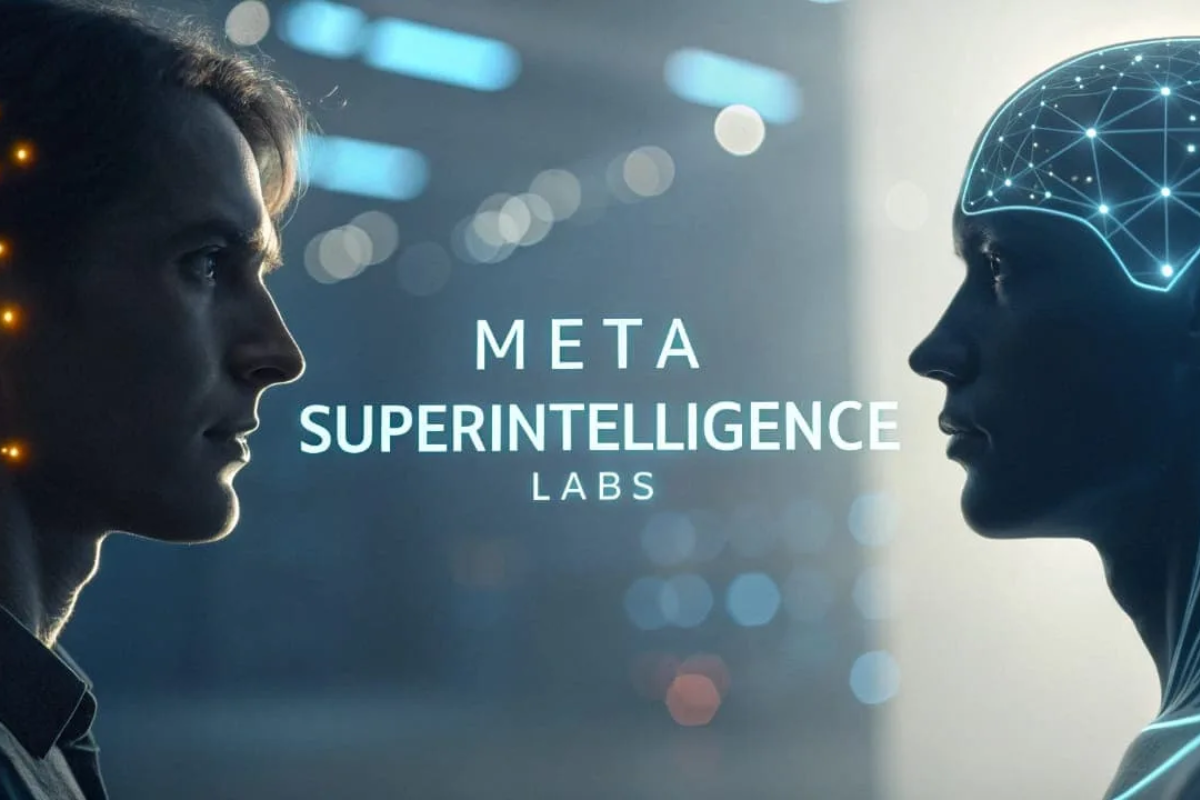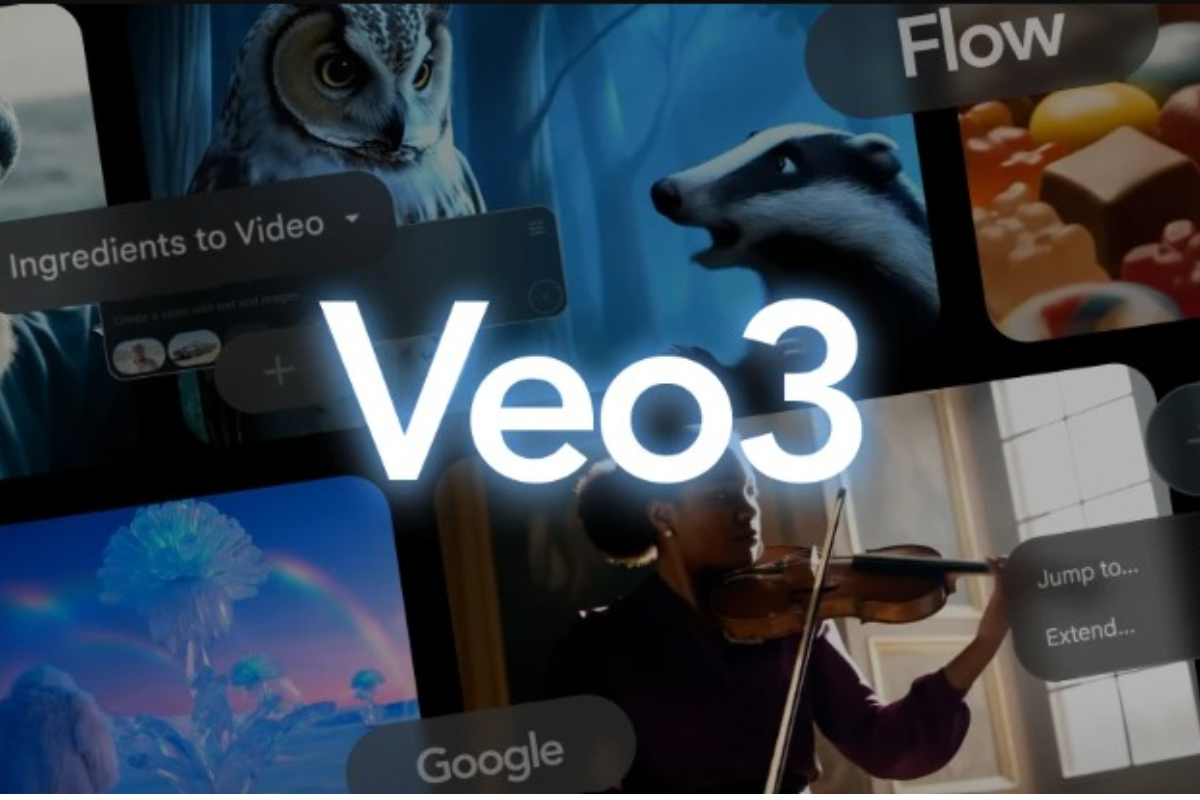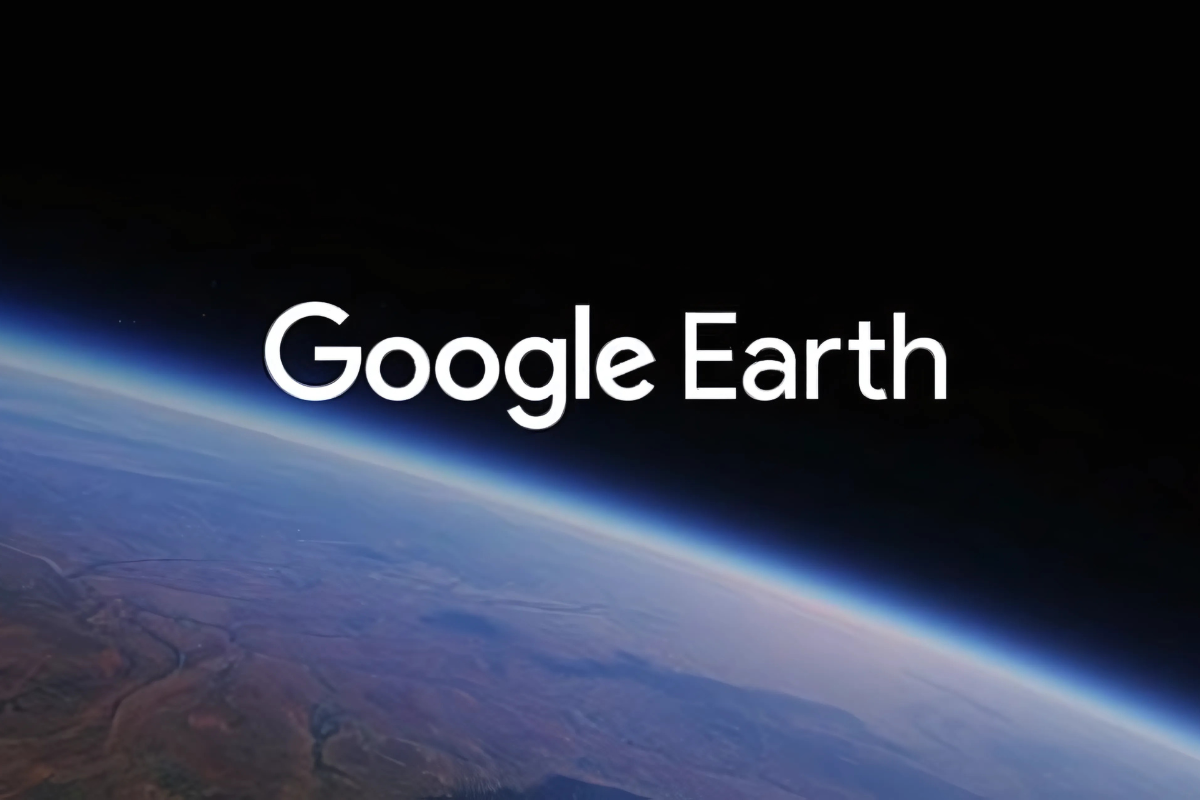Exploring Mark Zuckerberg’s AI recruitment efforts and their impact on industry leadership.
In the rapidly evolving world of Artificial Intelligence, the race for top talent has become more intense than ever. Leading the charge is none other than Mark Zuckerberg, CEO of Meta, who is making headlines by offering jaw-dropping compensation packages to the world’s most elite AI researchers.
But why is he doing this? What exactly is he offering? And what does it mean for the future of tech? Let’s dive in.
The New AI Gold Rush
Artificial Intelligence is not just another tech trend, it’s the foundation of future industries. From autonomous systems and robotics to content creation and smart assistants, AI is reshaping everything.
Big Tech knows that whoever builds the most advanced AI wins. That’s why Meta is going all in, and Zuckerberg is personally involved in attracting the best minds in the world.
The Numbers Speak Volumes
Zuckerberg isn’t just offering competitive salaries he’s redefining what compensation in tech can look like. Here’s what top-tier AI researchers are reportedly being offered:
- Multi-million dollar annual salaries
Some candidates are being offered base pay starting at $10 million per year. - Equity packages worth up to $300 million
Instead of standard four-year vesting, some of these offers include large portions of equity that vest instantly giving recruits massive ownership upfront. - Signing bonuses that shock the industry
Reports suggest that signing bonuses of up to $100 million are on the table for the most senior-level researchers and engineers.
This is no longer a salary it’s a statement. A signal that Meta is serious about becoming a world leader in superintelligent AI.
The Mission: Superintelligence

Zuckerberg has launched an internal initiative called the “Superintelligence” Lab, aiming to create AI systems that rival or surpass human intelligence. This is Meta’s most ambitious AI goal to date.
To make this happen, Meta is hiring a hand-picked team of the world’s brightest AI minds, giving them unlimited access to infrastructure, compute power, and research freedom along with some of the highest compensation in the tech world.
Why Meta Is Betting Big on AI Talent
- AI is Meta’s future
From VR and AR to content recommendation and creator tools, AI is embedded in Meta’s long-term strategy. - Talent is rare
There are only a few thousand AI experts globally who can operate at this level. Attracting even a handful can shift the balance of innovation. - Reputation and speed
By bringing in high-profile researchers, Meta not only accelerates development it also earns credibility in the AI community. - Culture and ambition
This hiring spree isn’t just about pay it’s about building a culture of ambition, scale, and innovation.
What It Means for the Tech World
Meta’s aggressive push has sparked a ripple effect:
- Other companies are scrambling to match or retain their top AI talent.
- Startups are feeling the heat, as even venture-backed firms struggle to compete with Meta’s offers.
- AI salaries are skyrocketing, and the job market for skilled AI engineers has become more competitive than ever.
Final Thoughts
Mark Zuckerberg’s bold moves in the AI hiring space are setting new benchmarks not just for compensation, but for how companies view talent, innovation, and long-term AI leadership.
This isn’t just a tech story. It’s a defining moment for the entire industry.





